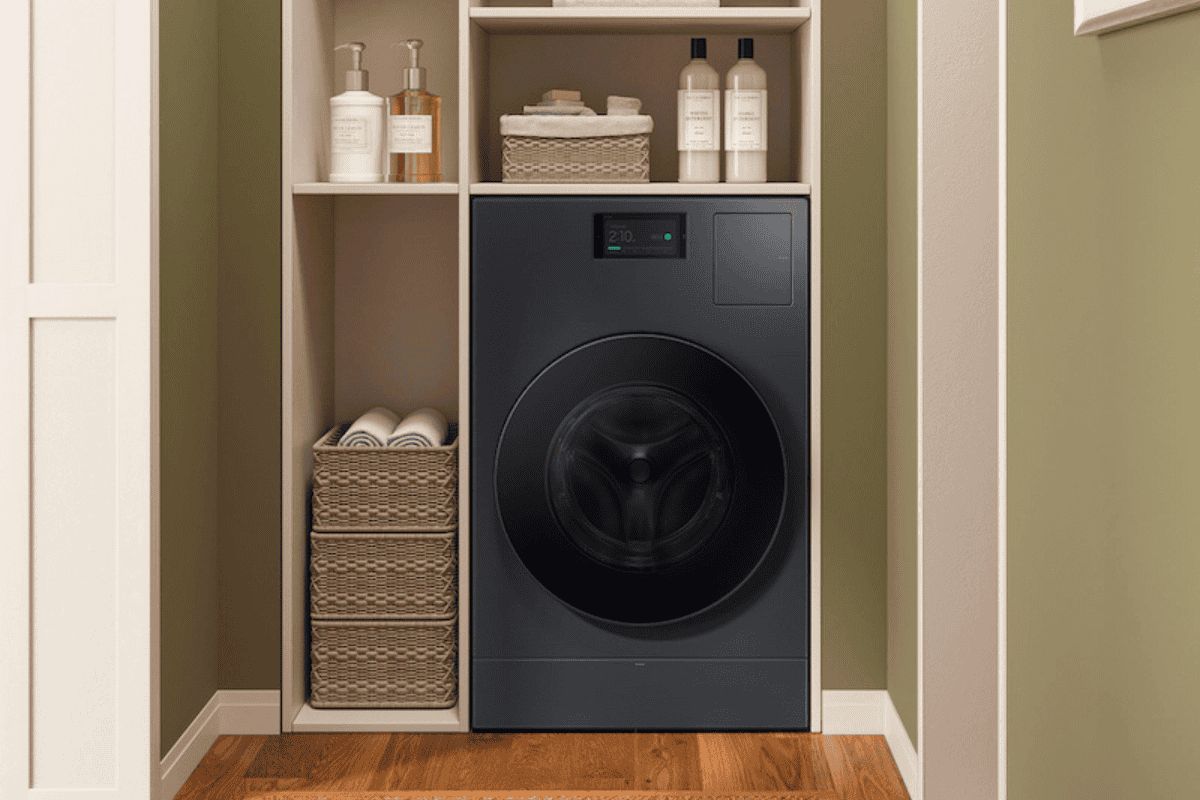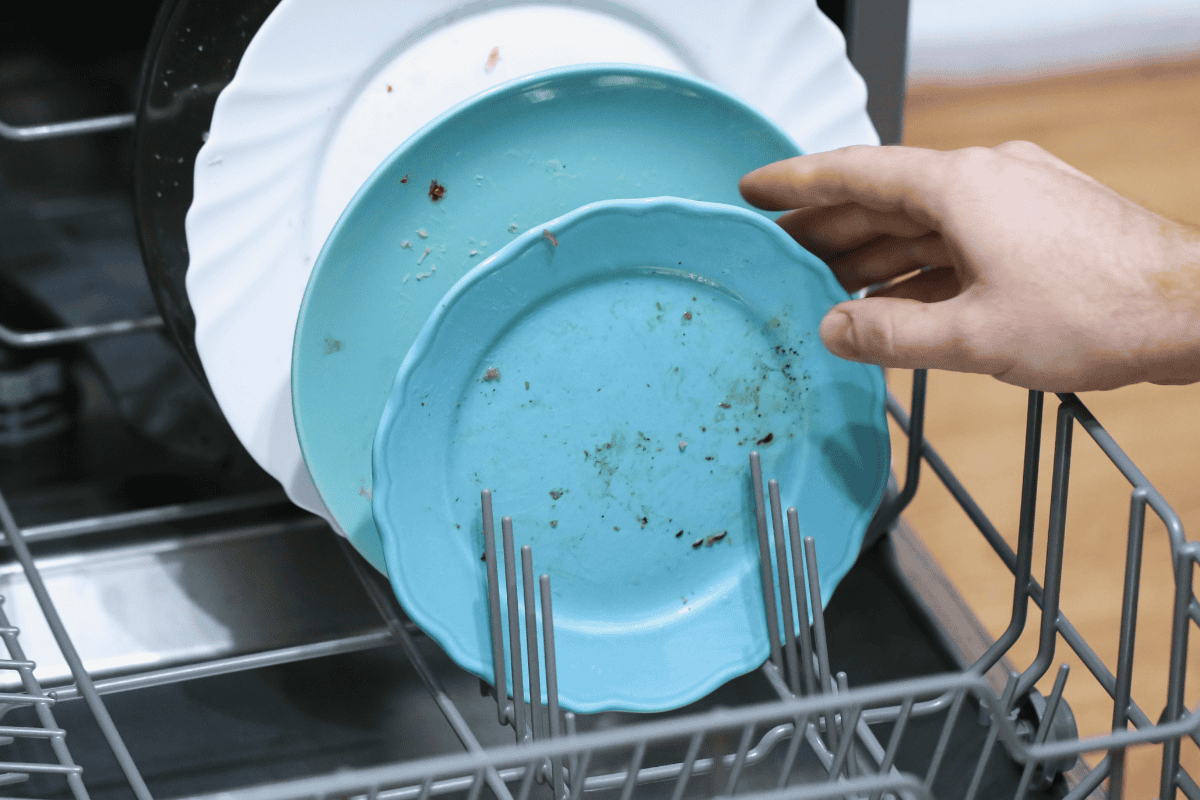When your dryer takes too long to dry, it’s more than just an inconvenience—it disrupts your routine and wastes time. Running the same load twice shouldn’t be part of your laundry day, and it doesn’t have to be.
Our dryer repair experts have put together this step-by-step guide to help you find and resolve the issue with clear, practical steps.
Why a Dryer Takes Too Long to Dry
Several conditions contribute to long drying cycles. The most frequent issues include:
- Blocked vents or ducts prevent proper heat circulation
- Lint screen buildup reduces airflow efficiency
- Faulty heating elements or temperature control components
- Laundry loads that are too large or improperly balanced
- Environmental factors, such as high humidity, affect drying performance
Once you understand the common causes behind extended drying times, you can begin a systematic inspection of your dryer. Follow the steps below to troubleshoot and resolve each issue.
Tools and Materials Needed
- Vacuum with hose attachment
- Vent cleaning brush or flexible dryer vent cleaning kit
- Screwdriver (Phillips and flathead)
- Mild detergent and soft cloth
1. Clean the Lint Screen
If your dryer takes too long to dry, a clogged lint screen is one of the simplest and most common causes. Over time, lint and residue from dryer sheets or fabric softener create a barrier that restricts airflow. Even if the screen looks clean, invisible film buildup can still impede proper ventilation. Removing this buildup restores the dryer’s ability to circulate heat efficiently.
Follow these steps to clean the lint screen:
- Remove the lint screen and inspect it for visible lint and residue.
Built-up lint reduces air movement, making the dryer less effective. - Wash the screen gently with mild detergent and warm water.
This step removes fabric softener film that is not visible to the eye. - Rinse thoroughly and allow it to dry completely before reinstalling.
A damp screen can collect more debris and restrict airflow immediately. - Check the housing area for trapped lint or debris.
Vacuum around the lint screen slot to clear hidden lint pockets.
After reinstalling the cleaned lint screen, run a short test cycle to see if airflow improves.
If cleaning the lint screen didn’t solve the issue, the next place to check is your dryer vent—another common culprit that can block airflow and trap moisture inside the drum.
2. Inspect and Clean the Dryer Vent
When airflow through the venting system is obstructed, moisture remains trapped inside the drum, prolonging drying time. This issue is especially common in homes with long vent ducts or bends where lint can accumulate. Cleaning the vent ensures heat and moisture exit the appliance efficiently.
Follow these steps to clean the dryer vent:
- Disconnect the dryer from the power supply for safety.
Always unplug the appliance before working on any internal or external components. - Detach the vent hose from the back of the dryer.
Inspect both the hose and the duct for visible lint buildup or blockages. - Use a vent cleaning brush or vacuum to remove all lint and debris.
Specialized brushes designed for dryer vents reach deep into long ducts. - Check the exterior vent flap for obstructions or sticking.
The flap should open easily when the dryer runs and close fully when off.
Once the vent is clear, reconnect the hose and test the dryer again to confirm improved drying performance.
If your vent is clean but clothes are still taking forever to dry, it’s time to look beyond the dryer itself. Your laundry room setup and surrounding environment could be playing a role.
3. Check Dryer Location and Room Conditions
Sometimes, it’s not the dryer—it’s the environment.
Key Factors to Check:
- Cold or humid locations: Garages, basements, or unconditioned laundry rooms can extend drying times.
- Poor ventilation in the laundry area: Make sure there’s adequate space and air circulation behind and around the dryer.
- Vent termination too close to the ground or obstructed by landscaping. This can backdraft air into the vent line.
Improve airflow, ensure the space meets manufacturer requirements, and insulate exposed vent lines to enhance dryer performance.
Once you’ve ruled out environmental factors, it’s time to dig a little deeper and check for internal issues that might be reducing airflow.
4. Inspect the Blower Wheel for Blockage
The blower wheel pulls air through the drum and vents it out. If it’s obstructed, airflow suffers even if the vent is clean.
How to Check the Blower Wheel:
- Unplug the dryer and remove the rear or front panel, depending on the model.
- Locate the blower wheel near the motor housing.
- Check for lint, socks, or small objects stuck inside.
- Spin it manually—if it wobbles or feels loose, it may be cracked or off-balance.
- Replace the wheel if it’s damaged or clogged.
A humming motor or weak airflow at the vent can signal blower wheel issues.
If the blower wheel is in good shape and airflow isn’t the issue, but your dryer still takes too long to dry, the next step is to check how well it’s detecting moisture inside the drum.
5. Check the Moisture Sensor
When both heat and airflow seem fine, but dry times are still excessive, the moisture sensor might be misreading the load. If your dryer takes too long to dry but airflow and heat levels seem normal, the issue could lie with the moisture sensor. This sensor helps detect when clothes are dry and signals the dryer to shut off or reduce heat. When it fails or gets coated with residue, it may misread dampness and extend cycles unnecessarily.
Follow these steps to inspect and clean the moisture sensor:
- Locate the sensor bars inside the dryer drum—usually near the lint filter or on the back wall.
- Wipe them down with a soft cloth dampened with rubbing alcohol or mild soap and water.
- Fabric softener and dryer sheets can leave an invisible coating that interferes with readings.
- Avoid abrasive cleaners that could scratch the sensor surface and affect accuracy.
- Test a dry cycle afterward to see if the dryer shuts off more appropriately.
If cleaning doesn’t help, the sensor may need replacement.

Dryer Takes Too Long To Dry FAQs
1.) How often should I clean my dryer vent?
You should clean your dryer vent at least every six to twelve months. Lint buildup inside the vent reduces airflow, which significantly extends drying times and can even pose a fire hazard. If you do laundry frequently or have a longer vent duct, consider cleaning it every three to six months to ensure optimal performance.
2.) Does load size affect how long it takes my dryer to dry clothes?
Yes, load size plays a major role in drying time. Overloading your dryer can restrict airflow and prevent clothes from tumbling freely, leading to uneven drying and longer cycles. On the other hand, very small loads may not generate enough friction or airflow for efficient drying. For best results, fill the drum about halfway to three-quarters full. This allows hot air to circulate properly and helps your clothes dry evenly and efficiently.
3.) What’s a quick way to check if my dryer airflow is restricted?
One simple method is to run an empty cycle with a clean, damp towel. If the towel takes noticeably longer than usual to dry, it could indicate poor airflow caused by a blocked vent or weakening heat output. This quick check can help you catch subtle performance issues before they lead to bigger problems.
4.) How do I know if my dryer vent is clogged?
Common signs of a clogged dryer vent include clothes taking longer to dry, a hot or humid laundry room, a burning smell, or the exterior vent flap not opening during operation. If you notice these symptoms, it’s likely time to clean the vent thoroughly to restore airflow.
Final Tip
To help your dryer maintain consistent performance, avoid placing it too close to the wall. Pushing the dryer back too far can crush or kink the vent hose, restricting airflow and causing longer dry times. Always leave a few inches of space behind the unit to ensure proper ventilation and reduce strain on the system.
Still having issues? Schedule a professional dryer repair service today and let our experts get your appliance running like new.










